Light bulb comparison
emma
10 years ago
Related Stories
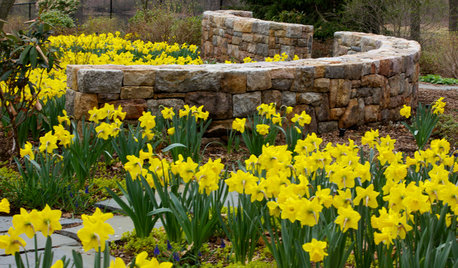
GARDENING GUIDES10 Beautiful Ways to Landscape With Bulbs
Planting bulbs wisely in fall can turn a spring garden glorious with joyful colors and profuse blooms that last through summer
Full Story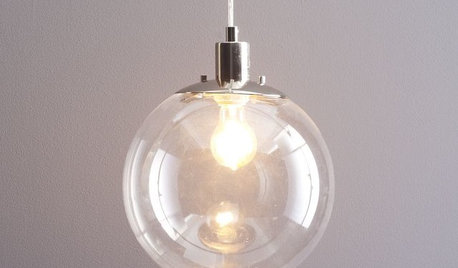
LIGHTINGGuest Picks: Exposed Bulb Lighting
Celebrate the filament bulb with 20 stylish lighting options
Full Story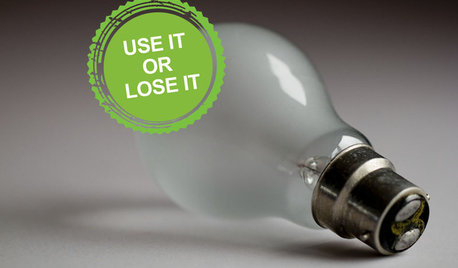
DECORATING GUIDESLose It: How to Get Rid of Old Light Bulbs
When the light goes out, you'll want to get rid of the bulb safely. Here's how
Full Story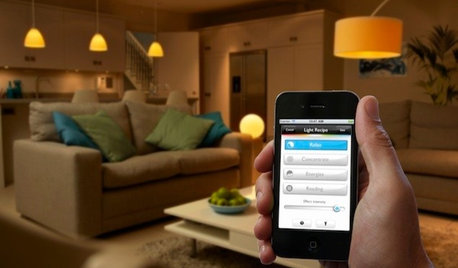
HOME TECHHere's a Bright Idea: Smart Bulbs for Better Lighting
Lightbulbs that can change brightness and color with a cell phone command show flashes of design brilliance
Full Story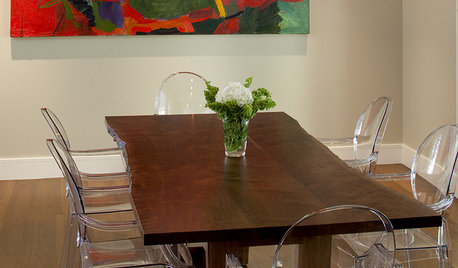
LIGHTINGAntique Chic: Edison Bulbs
Industrial-Style Filament Bulbs Reinvent Lighting (Again)
Full Story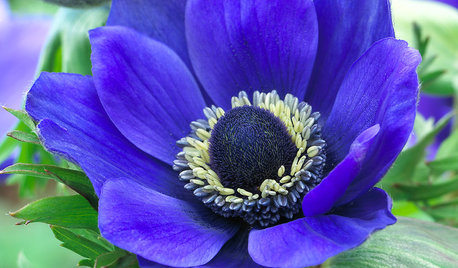
FALL GARDENING6 Splendid Blue-Flowering Bulbs
How do you blue? With colors from sky to cobalt, these bulbs will greet you merrily in a spring garden
Full Story
GARDENING GUIDES6 Unsung Bulbs for Fall Planting
Don't hang up your spade after summer — plant these unusual bulbs in fall for a spectacular spring show
Full Story
GARDENING GUIDES7 Bulbs That Flourish in Mild Climates
Fall planting: For gardens that don't see harsh winters, different guidelines for choosing and planting spring-blooming bulbs apply
Full Story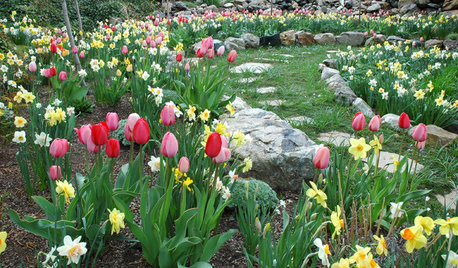
GARDENING GUIDESGardening With Kids: How to Plant Bulbs
You don't need expertise to get flowering bulbs in the ground in fall — but kids will feel like gardening pros come spring
Full Story
GARDENING GUIDES7 Tropical Bulbs for a Summer Garden That Wows
Try these stunners in summer's powerful heat for garden thrills with an exotic flair
Full StorySponsored



grainlady_ks
emmaOriginal Author
Related Discussions
Window sill/shop light comparison
Q
Comparisons of Dimmable CFLs, especially Neptun?
Q
Centennial Bulb, the Longest burning Light Bulb in history
Q
Light bulb for exposed bulb pendants
Q
evaf555
emmaOriginal Author
Elmer J Fudd
callie25
Acadiafun
mxyplx
christopherh
joyfulguy
jcalhoun
User
jcalhoun
dadoes
ccintx
emmaOriginal Author
nerdyshopper
Elmer J Fudd
grainlady_ks
Elmer J Fudd